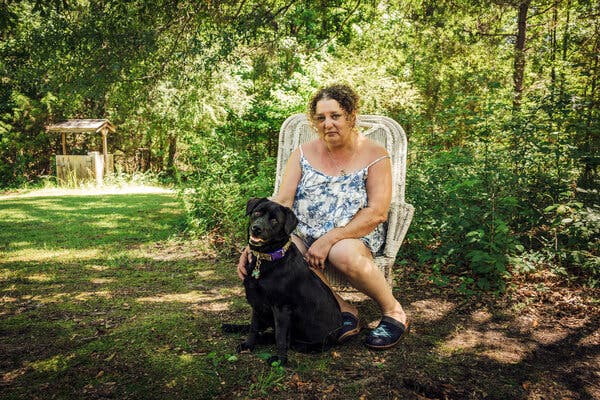Loving Their Pets to Debt
Veterinary care has evolved into a multi-billion dollar industry, creating significant financial and emotional challenges for pet owners. The cost of caring for beloved animals is soaring, mirroring the complexities of human healthcare and the increasingly close bonds we share with our pets.
This transformation, and its impact on owners, was recently explored on “The Daily”, a podcast from “The New York Times.” Sabrina Tavernise spoke with Katie Thomas, an investigative health care reporter for the newspaper, about the factors driving these rising costs and the choices pet owners are forced to make.
Thomas’s investigation was sparked by personal experience. When her dog, Roscoe, became seriously ill, she was struck by the parallels between the veterinary world and the human healthcare system. As she navigated the expensive treatments and specialized care available, she began researching the trends in the veterinary industry.
“I kept on noticing a lot of aspects of the veterinary world that, to me, were starting to feel very, very similar to the human health care world that I cover,” Thomas explained. She discovered that veterinary care costs have risen sharply in recent decades, far exceeding the overall rate of inflation. Pet owners now face bills that can reach $5,000, $10,000, or even $15,000 or more.
Why the Surge in Costs?
The increasing cost of pet care is a result of several interconnected factors. The cultural perception of pets has shifted; more and more people consider their animals as integral members of their families. This has led to a greater demand for veterinary services.
Advances in veterinary medicine are also a significant driver. Vets can now offer a wider range of treatments, including advanced surgeries, cancer care, dermatology, and innovative medications. These advancements, while beneficial, carry a high price tag.
Another major shift, according to Thomas, is the growing involvement of big business in the veterinary industry. Corporate entities and private equity firms have been acquiring small clinics and practices, consolidating the market. This consolidation, in turn, can lead to increased pressure on veterinarians to increase revenue. Some vets report being pushed to see more patients, order more tests, or employ sales tactics that were once uncommon in the profession.
Thomas explained, some vets report being pushed to see more patients, order more tests, or employ sales tactics that were once uncommon in the profession.
This has raised concerns for many professionals in the industry. These pressures can create ethical dilemmas, forcing vets to balance the best interests of the animal with the financial realities of the practice. The increased demand for veterinary services in the US may also lead to higher prices.
The Financial Burden
Unlike human healthcare, pet owners typically pay the full cost of care out-of-pocket at the time of service. While pet insurance exists, it’s not as widespread as human health insurance, with only a small percentage of pet owners having coverage. Additionally, pet insurance often has limitations, such as exclusions for pre-existing conditions or age-based restrictions. In some cases, coverage has been discontinued, leaving pet owners responsible for substantial costs.
Facing hefty bills, pet owners resort to various strategies to finance their pets’ care. Many use credit cards or dip into savings. Medical credit cards, often offered at vet clinics, offer a temporary solution, but high interest rates can lead to significant debt if bills aren’t paid off in a timely manner.

Where the Industry is Headed
The surge in costs and the rising presence of corporations create critical questions about the future of veterinary care. While there are undeniable benefits to these developments, such as improved technology and access to specialized services, they also present difficult choices for pet owners. The lines between the value of a pet’s life and the financial constraints of their owners raise complex ethical questions as medical advances continue to expand the options available.


